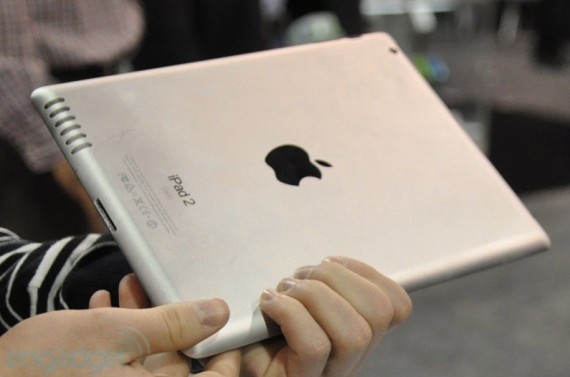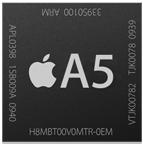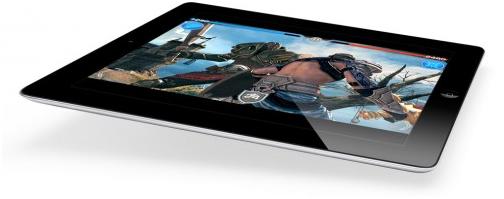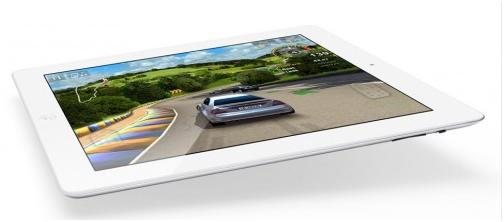 |
Templeton earned his billions by introducing globally diversified mutual funds. He founded the investment fund Templeton Growth Ltd in 1954.
Beginning a Wall Street career in 1937, Templeton created some of the world's largest and most successful international investment funds. Termed 'arguably the greatest global stock picker of the century' by Money Magazine (January 1999), he sold his various Templeton funds in 1992 to the Franklin Group for $440 million.
Through the John Templeton Foundation, based in Radnor, Pennsylvania, he donates about $40 million a year -- especially to projects, college courses, books and essays on the benefits of cooperation between science and religion.
One of Templeton's earliest investors was Leroy Paslay. He gave him $65,500 to invest in 1954. Forty years later, Paslay was worth over $37 million.
After making billions through his innovative approach to investing, Templeton has become one of the world's greatest philanthropists. In 1987, he founded the $14 billion John Templeton Foundation.
He was born in the town of Winchester, Tennessee. He attended Yale University and graduated in economics in 1934. He was a Rhodes Scholar to Balliol College, University of Oxford.
Now a British citizen living in Nassau, the Bahamas, Templeton was knighted by Queen Elizabeth II in 1987. He is one of the creators of the world's richest award, the $1 million-plus Templeton Prize for Progress Toward Research or Discoveries about Spiritual Realities, presented annually in London since 1972.











